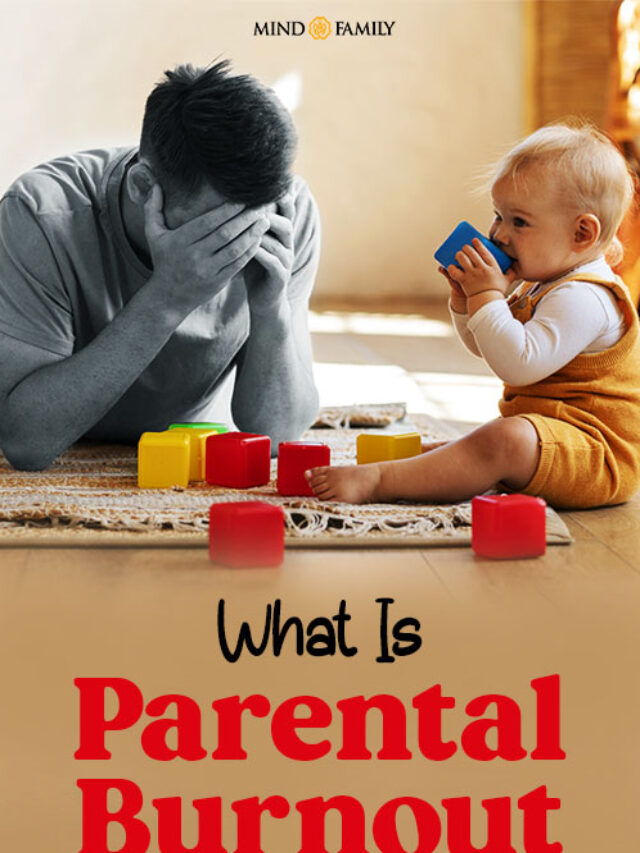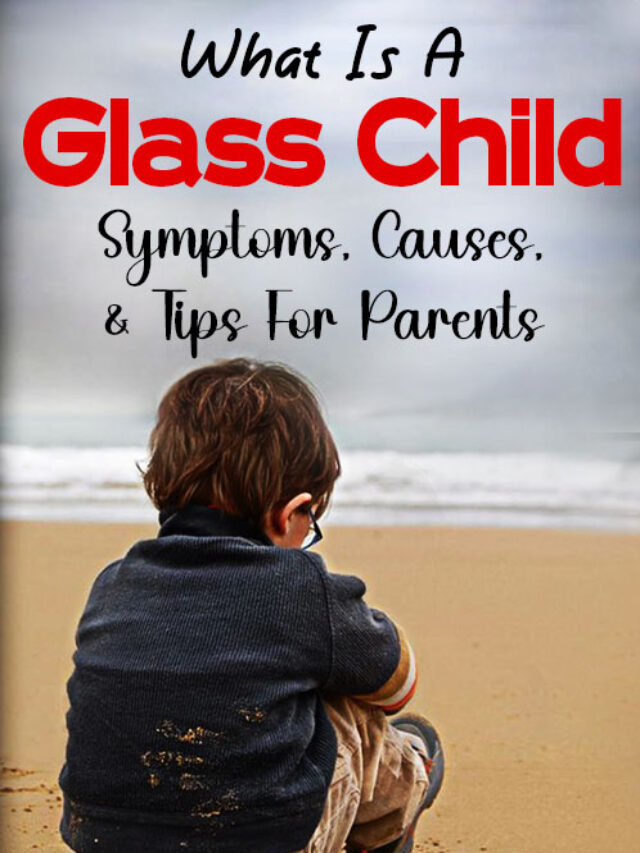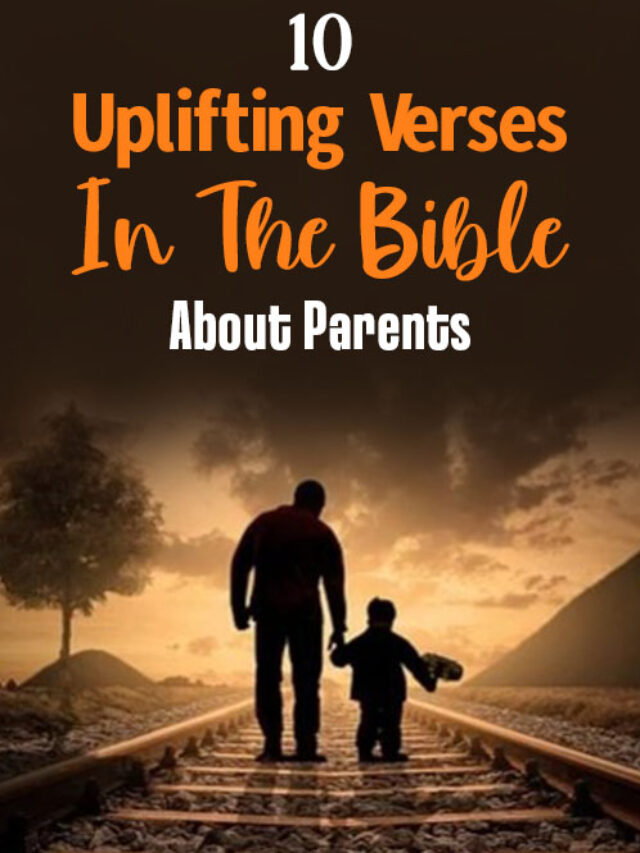When it comes to parenting, there’s no one-size-fits-all approach. Every family has its unique dynamics, and what works for one may not work for another. Hence understanding, ‘what is nacho parenting’, is important for parents of the modern generation.
Nacho parenting is, at its core, a method that advocates for each parent taking ownership of their individual roles in their child’s life. Instead of trying to micromanage each other’s parenting decisions.

If you’ve been searching for a co-parenting method that simplifies your family’s dynamics and promotes harmony, nacho parenting might be the solution you have been looking for.
In this article, we will explore what nacho parenting is, how it works, and whether it is effective. Additionally, we will provide you with five tips to implement in your nacho parenting style.
What is Nacho Parenting Method?
Nacho parenting is all about keeping things simple in blended families. Two key beliefs drive nacho parenting. First, it acknowledges that disciplining a child without a strong connection can lead to problems.
It aims to reduce family conflicts by keeping discipline with the biological parent. How much a stepparent steps back from the daily field can vary based on the children’s ages and your family’s unique situation.

Nacho parenting advocates adopting a gentle, friendly approach in the early stages of the stepparent-stepchild relationship, rather than immediately assuming an authoritative role, as recommended by researchers.
It is a patient, empathetic, and gradual journey toward building meaningful connections, ensuring the child’s comfort and well-being throughout the process.
Evolution of Nacho Parenting
Lori Sims and David Sims, a couple who encountered their own set of challenges as they navigated the intricate journey of step-parenting, developed this method.
At the heart of nacho parenting lies the simple yet profound concept of “nacho kid, nacho problem,” which translates to “not your kid, not your problem.” This philosophy says that in blended families, the biological parents should take the lead in parenting their children.
As Lori and David accepted the principles of this method and allowed the stepparent to disengage from direct parenting. Their family dynamic underwent a radical transformation.

Lori describes the experience as liberating, saying, “Once I had this epiphany, it was like the weight of the world was off my shoulders.” David concurs, adding that they began to have hope.
The result was a less stressful family environment that allowed them to focus on building better relationships and enjoying their time together.
Hollywood’s Take on Nacho Parenting
The movie “Stepmom” also portrays the concept of blended families and nacho parenting. Julia Roberts and Susan Sarandon play the roles of stepmother and biological mother. The film beautifully illustrates the challenges and complexities that can arise in what is nacho parenting.

Just like in nacho parenting, “Stepmom” highlights the importance of defining roles within a blended family. Isabel, as the stepmother, initially struggles to establish her role and boundaries, which leads to conflicts with Jackie, the biological mother.
“Stepmom” emphasizes the importance of building relationships within the blended family. Isabel, like this parenting technique, goes through a change from perceived authority figure to friend and mentor to the children.
Does Nacho Parenting Work?
To answer the question, “Does nacho parenting work?” we need to delve into the pros and cons of this parenting approach.
In analyzing “what is nacho parenting”, it’s crucial to acknowledge that parenting styles can vary widely, and what works for one family may not work for another.
While the literature doesn’t explicitly address parenting, it does emphasize the importance of a supportive and authoritative parenting style, which nacho parenting can complement.
Related: Find Your Parenting Style through the Free Parenting Style Test
Additionally, studies have shown that stepfamilies can provide positive outcomes for children, making nacho parenting a potentially valuable structure in guiding stepparents in the absence of established guidelines.
Therefore, based on the studies conducted the following are the immediate effects of nacho method:
1. Parent-Child Relationship
One of the key points for understanding nacho parenting is its recognition of the significance of the parent-child relationship. It reassures children that their bond with their biological parent remains stable and unaltered despite the changes brought by blending families.
2. Reducing Family Stress
By establishing clear boundaries and decision-making structures, nacho parenting can reduce the stressors associated with co-parenting in blended families. This approach can help prevent the development of a dysfunctional family dynamic, which can be particularly harmful to children.
Related: What Are the Psychological Effects of Divorce on Kids? Grasping the Long-Term Impacts
3. Improving the Marriage
Research highlights the challenges of second marriages, especially in the context of blended families. This parenting can contribute to happier marriages by reducing conflicts related to parenting. Trusting the biological parent to make parenting decisions can lead to a stronger spousal bond.
4. Changing Child Needs
Children’s needs can change over time, and younger children may require more hands-on involvement from stepparents. Adhering strictly to nacho parenting can be challenging in such situations.
Hence, it is important to be dynamic and to pay close attention to the behavior of the child. Research indicates that children often exhibit significant changes in behavior when they are experiencing distress. Make sure to follow those cues to understand ‘what is nacho parenting’.

5. Maintaining Distance
While nacho parenting can create a harmonious environment, it may also lead to a lack of closeness between the stepparent and stepchildren if the stepparent has minimal involvement in their daily lives.
Maintaining distance as a part of nacho parenting does not mean complete disengagement or indifference toward the stepchildren. Instead, it suggests that the stepparent focuses on being a supportive and caring presence in the child’s life, akin to a friend or mentor, rather than assuming the role of a primary parent.
Tips for Nacho Parenting for Your Family
While implementing the nacho parenting method as your parenting style for your children, it is essential to be aware of several key considerations that can influence the effectiveness of this approach.
Read More: 7 Keys To Co-Parenting After You Have Remarried
Here are some important tips to keep in mind:
1. Noticing Patterns
Start by identifying recurring conflict areas. When you notice tensions rising, consider disengaging. For instance, if mealtime complaints are common, let the biological parent handle cooking or opt for takeout to avoid potential issues.
2. Bonding With Stepparents
Encourage the stepparent to play the role of the “good cop” from time to time. This can be particularly effective during enjoyable activities or special treats.
For example, if your family is planning a fun outing, like a trip to get ice cream, let the stepparent take the lead in sharing this exciting news with the kids. They can even take the initiative to treat the children.
In one memorable scene, the stepmother, played by Julia Roberts, joins the two children, Ben and Anna, in their treehouse. She brings along a guitar and starts playing and singing with them.
At first, the children are hesitant and resistant to her presence, but as they continue to sing together, they gradually warm up to her. This shows what is nacho parenting.
This scene beautifully illustrates the power of shared activities and bonding moments in bridging the gap between a stepparent and stepchildren.
3. Respect the Stepchild
Blended families can evoke mixed emotions in children. Encourage them to express their feelings, whether it’s wishing their parents were together or struggling with transitions.
It’s crucial to be prepared for situations where the stepchild directs their unhappiness or frustration towards the stepparent. This can happen when they feel their concerns or feelings are being ignored or invalidated.
In such cases, offer emotional support and reassurance. Ensure that they understand their feelings are acknowledged and respected, even if they’re difficult or challenging.
4. Respond instead of Reacting
Cultivate curiosity and compassion in your interactions with your stepchild. Learn to differentiate between reacting impulsively and responding thoughtfully. Practice pausing before you speak, letting go of uncontrollable factors, and managing your triggers.
5. Be Patient
Nacho parenting is a process. Disengagement and healing take time. Sometimes, it may require up to a year to adjust, especially if there’s unresolved hurt and resentment. However, if you implement nacho parenting early, you might hasten the adjustment period.
Building trust and rapport takes time. Avoid rushing the process. Pushing too hard for immediate bonding can backfire. Children need to know that the stepparent’s actions stem from love, not a desire to control them.
A Word From Mind Family
Nacho parenting is a parenting approach that simplifies the complexities of blended families. While it may not be a perfect fit for every family, its core principles of clear boundaries and focusing on the biological parent’s role can help reduce conflicts and create a more harmonious family environment.
Above all, remember that there is no one-size-fits-all solution when it comes to parenting. What matters most is the well-being and happiness of your children. Whether you choose nacho parenting or another approach, your dedication to creating a loving nurturing environment will shape your children’s lives.
If you find that you are facing persistent challenges in your blended family, don’t hesitate to seek professional guidance. Therapists and counselors can offer tailored strategies to address your family’s specific needs.
Frequently Asked Questions (FAQ)
1. How do I get started with Nacho parenting?
Ans. To start Nacho parenting, identify conflict areas, discuss boundaries with your partner, and disengage when necessary to reduce stress in blended families.
2. Is it acceptable to withdraw from stepchildren?
Ans. Yes, Nacho parenting suggests that it is acceptable for stepparents to withdraw from direct parenting responsibilities. This approach encourages stepparents to focus on being a supportive and caring presence.
3. Does nacho parenting work?
Ans. Nacho parenting can work effectively by reducing conflicts and enhancing family harmony, but results may vary based on individual circumstances.
4. Should I consider professional help when practicing nacho parenting?
Ans. It is advisable to consider professional help when practicing nacho parenting, especially if your blended family faces unique challenges or if there are unresolved issues causing tension.
5. Who developed nacho parenting?
Ans. Nacho parenting was developed by Lori Sims and David Sims, a couple who encountered their own set of challenges as they navigated the complexities of step-parenting.











